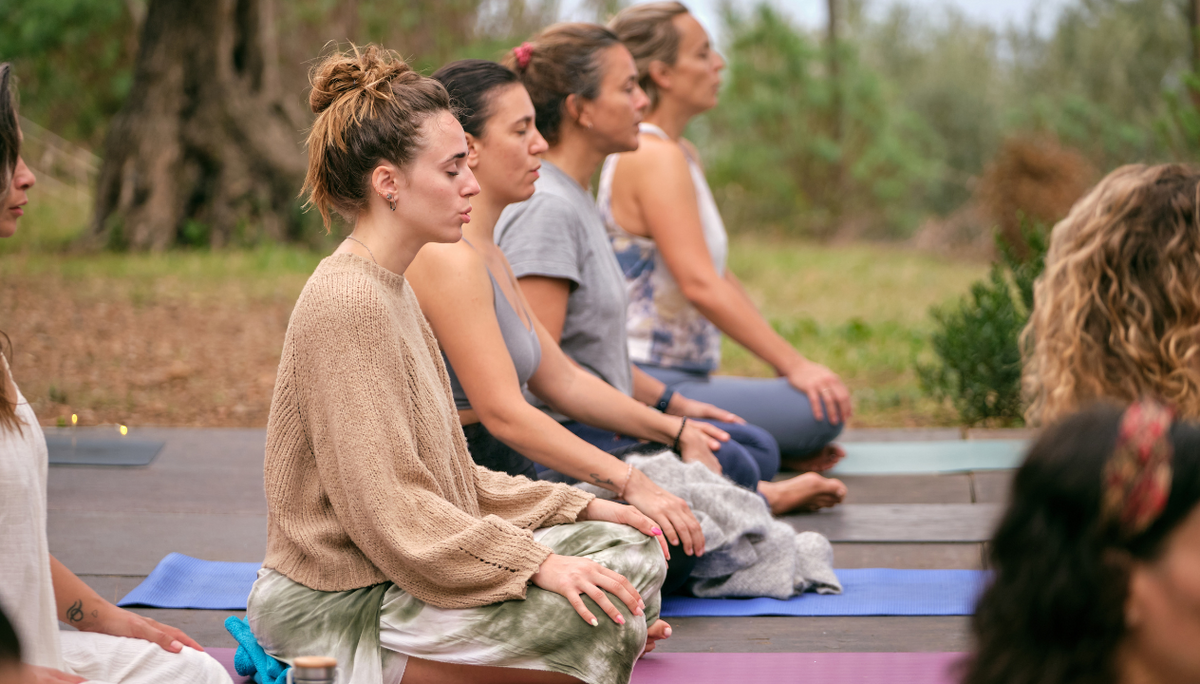
LUPIT pole
Jul 31 - 5 min read


Pole dancing has evolved significantly, transcending its traditional entertainment roots to become a popular form of fitness, artistic expression, and competitive activity. This transformation has sparked an intriguing debate, begging the question …
Pole dancing, once predominantly associated with nightclubs, has surged in popularity as a multifaceted activity that encompasses fitness, artistic expression, and competitive events, attracting a broad audience with its dynamic and physically demanding routines.
Its transition from entertainment to a respected athletic discipline has led to an ongoing debate regarding its classification as a sport. This discussion is fueled by pole dancing's complex blend of strength, flexibility, and performance, challenging traditional perceptions of sportsmanship. As pole dancing continues to gain recognition and evolve, the conversation about its rightful place in the world of sports remains a contentious and fascinating topic.
A sport is characterized by physical exertion, skill mastery, competitive nature, and often international recognition. These criteria encompass activities that challenge the body and mind, foster competition and are governed by standardized rules globally.

As you may know if you ever tried a pole dancing workout, pole dancing demands an extraordinary level of physical prowess, mirroring the athleticism found in recognized sports. Participants must exhibit considerable strength to support and maneuver their body weight, flexibility for executing intricate poses, endurance for sustained performances, and coordination to seamlessly combine movements.
These requirements closely align with disciplines such as gymnastics, where athletes are celebrated for similar physical attributes. The rigorous training and physical conditioning required for pole dancing underscore its athletic intensity, challenging any preconceived notions about its legitimacy as a sport and highlighting the comparable skill set it shares with established athletic events.
Competitive pole dancing showcases its sportive essence through organized events ranging from local and national to prestigious international championships, like the World Pole Sports Championships.
These competitions are meticulously judged on criteria that include technical skills, artistic expression, strength, flexibility, and choreography, emphasizing the comprehensive athleticism required. The judging standards are rigorous and systematic, ensuring that participants are evaluated on their physical prowess, creativity, and execution.
This structured competitive framework parallels traditional sports, reinforcing pole dancing's legitimacy as a sport. It demonstrates the activity's evolution from entertainment to a competitive discipline that demands respect and recognition for its athletes.
Pole dancing has garnered increasing recognition from sports councils and international associations, marking a significant shift in its acceptance within the athletic community.
Governing bodies such as the International Pole Sports Federation (IPSF) and Pole Sports and Arts World Federation (POSA) play a pivotal role in this transformation. The IPSF is instrumental in standardizing competition rules, establishing clear criteria for judging, and ensuring the integrity and fairness of pole sports. Their relentless advocacy for Olympic recognition underscores the discipline's legitimacy and aims to elevate pole dancing to the global sports stage.
These efforts highlight the growing consensus around pole dancing's status as a sport, driven by structured governance and the pursuit of excellence in competition.

The path to recognizing pole dancing as a sport is fraught with challenges and controversies, primarily stemming from:
These factors significantly impact its journey towards mainstream recognition, despite the clear athletic prowess and competitive structure it shares with other sports. Overcoming these stereotypes and educating the public and sports authorities about the true nature of competitive pole dancing are crucial steps toward gaining the recognition it deserves.
The pole dancing community encompasses a diverse array of voices, each offering unique insights into its classification as a sport, an art form, or a fusion of both.
Pole dancers, instructors, and competition participants often describe pole dancing as a holistic discipline that marries physical rigor with artistic expression. They highlight the intense training and athleticism required, akin to sports, while also emphasizing the creative and expressive aspects that allow for personal and emotional storytelling through movement.
Instructors stress the technical proficiency and physical conditioning akin to traditional sports training, underscoring the discipline and dedication required. Meanwhile, competition participants point to the structured competitive landscape, with its objective scoring and standardized rules, as evidence of pole dancing's legitimacy as a sport.
Yet, many in the community also cherish the artistry involved, viewing pole dancing as a canvas for creative expression. This dual identity enriches the practice, making it more inclusive and appealing to a broader audience. The community's perspective, therefore, supports the notion that pole dancing deftly bridges the worlds of sport and art, embodying the strengths of both domains.

In conclusion, the debate over whether pole dancing should be considered a sport underscores the evolving nature of athletic and artistic disciplines in the modern era. The evidence—ranging from the physical and athletic demands of pole dancing to its structured competitive scene and the burgeoning
recognition from governing bodies—strongly supports its classification as a sport. However, overcoming societal misconceptions and historical stigmas remains a significant challenge.
Championing for pole dancing's recognition as a sport is not just about altering perceptions but acknowledging the discipline, dedication, and athleticism required by its practitioners. In this context, companies like Lupit Pole play a crucial role. As a provider of high-quality pole dancing equipment and a supporter of the pole sports community, Lupit Pole not only enhances the practice through innovation but also actively contributes to the sport's legitimacy and growth. Their involvement underscores the importance of industry support in elevating pole dancing to its rightful place among recognized sports, paving the way for its acceptance and inclusion in the broader sports community.
Through collective efforts and continued advocacy, the recognition of pole dancing as a sport can move from a matter of debate to a celebrated reality.